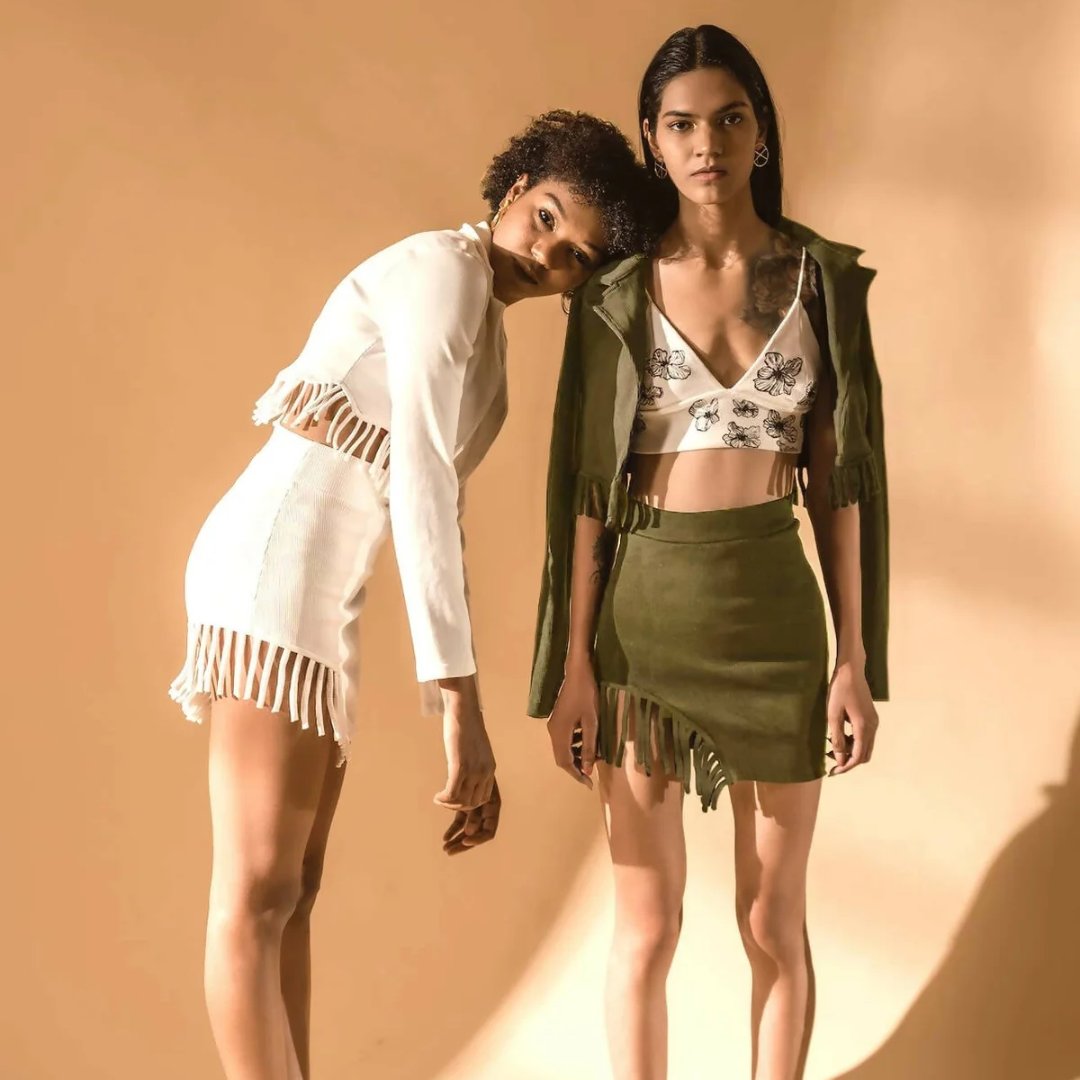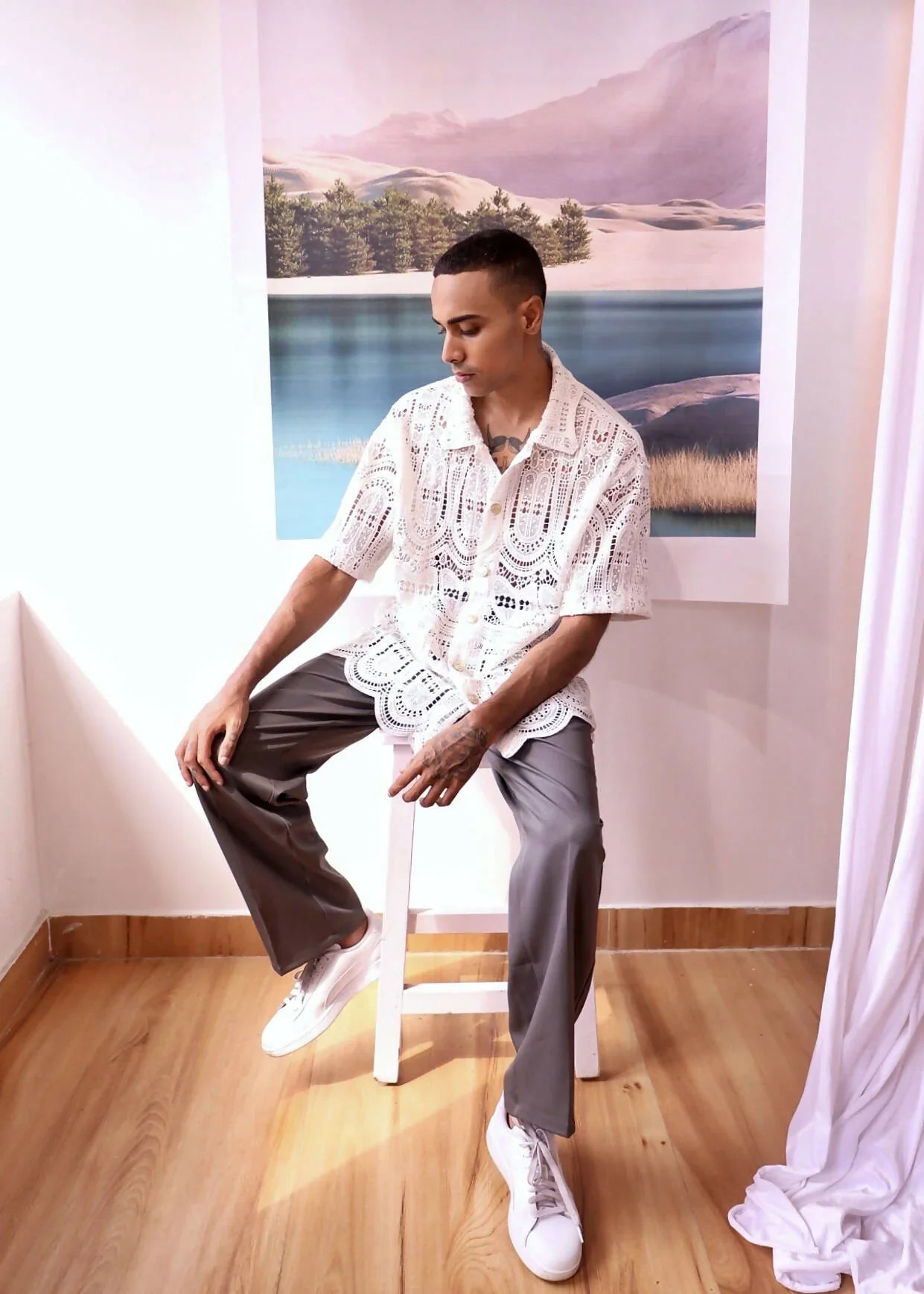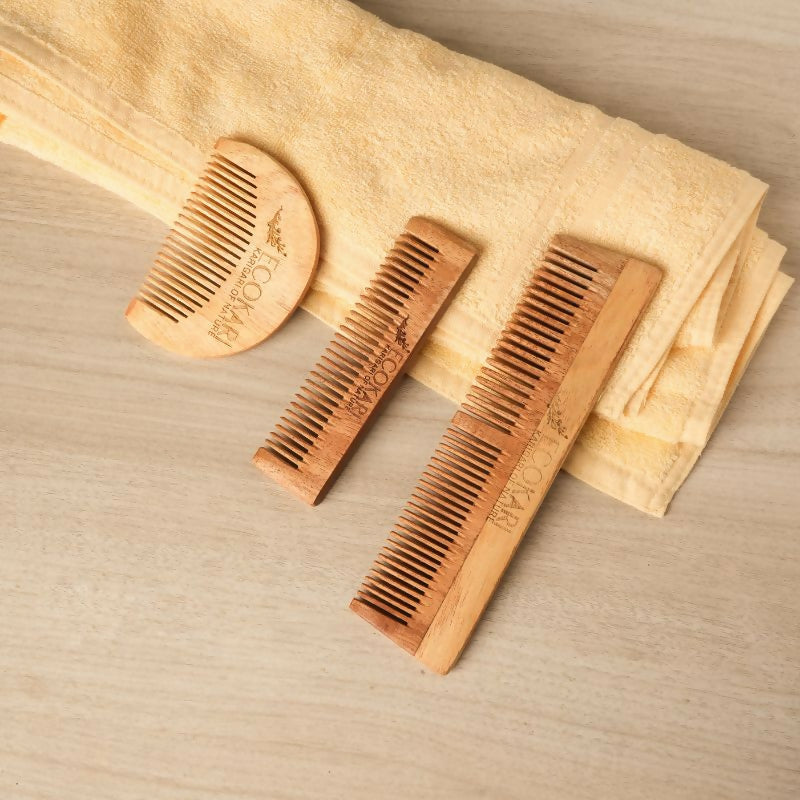Mimycri Interview
REFASH: Mimycri was born after you & Nora went to Greece to volunteer in 2015. Tell us a little about that?
Vera: Nora and I were volunteering for several months in 2015 & 2016 in Chios, Greece. We mainly welcomed people at the shores, giving them dry clothes, water and food. In addition, part of our work was also to clean the beaches after people arrived and left the broken boats, life vests and wet clothes. Already during that time we started a project to wash the wet clothes for them to be used again. This saved quite a high amount of donation funds which could be used for other projects. We took some of the boat material to Germany and gave it to a friend who is a fashion designer. He made a little bag out of it. This is how it all started.

(Nora & Vera from Mimycri)
R: What does the name Mimycri mean and why did you start the brand in Berlin?
V: Mimycri derives from a phenomena in nature: the resemblance of an animal species to another species or to natural objects provides protection from predators. This analogy supports our overall logic to change perspectives: Things might not always be what they seem at first sight.
We started the brand in Berlin since the sustainable fashion scene is big and exciting there and since we have a great network of amazing people.
R: Take us through your design process and how you use refugee boats to create bags.
V: At Mimycri, for sourcing our material, we work together with two amazing volunteer organisations on the Greek islands Chios and Lesvos. They collect the material for us and once a pallet is ready, they ship it to Berlin. We give some part of our revenue through selling our products back to these organisations.
We always design our bags in a unique co-creation process. This is actually one of the core pillars of our work, since we believe that people learn so much from each other in processes like that. We invite people with different backgrounds to our design meetings. They do not necessarily have any design background. With the help of a professional designer, we then create our final designs, often with also getting feedback from our community. Once the design is ready, we get our hands dirty (literally). We only produce on order to not create something that will not be used. We then cut the material, which already comes to us in bigger pieces. We then wash it and after that our talented tailors make beautiful bags out of it.

(Photo Credit- Judith Affolter)
R: Mimycri is a not-for-profit organisation. What other initiatives is your brand undertaking to close the loop of clothing in this era of excessive consumption?
V: We are trying to show people alternatives to simply consuming products, by highlighting the wonderful "bond" one can have with objects, as soon as one knows the story of the material, the production and the people behind making those objects. We are also actively participating in the Sustainable Fashion Scene to make our voice heard and show people that sustainable can just be as sexy as conventional, if not even more.
R: What according to you is the biggest misconception about being an upcycled, sustainable fashion brand?
V: The biggest misconception is that the quality of the products cannot be the same. Quite the opposite is actually the case. Our products are hand-made with care, dedication and they are made to possibly last a lifetime. We truly want that our products accompany people on their journey through life.

(Photo Credit- Judith Affolter)
R: How has your relationship with fast fashion changed as you delve into the world of sustainable fashion?
V: Since 2016, 90% of the clothes I buy are second hand and I have never looked more in style :) The remaining 10% I buy from brands that actually do produce in a sustainable way and which are empowering the people making them.
"Fast fashion for me is something from the past, something that will not exist anymore in a few years because more and more people realize that life is not about owning stuff, but about connections, personal growth and stories that inspire."
R: What is your take on the sustainable fashion movement in Berlin? How accepting have the consumers been to your products?
V: I love the sustainable fashion movement in Berlin. It is one of the reasons we are here. In a few years, we'll simply be Berlin fashion, we'll become the new normal. Our customers, which we see more as ambassadors rather than consumers are giving us the most amazing feedback to our products. Not only do they love the style, but also our bags function as conversation-starters, letting them talk and discuss the topic of sustainable fashion, migration and integration.
R: What's your favourite Mimycri product / collection and why? (Please add the photo)
V: My favourite mimycri product is the backpack. It is our signature product, which was one of our first designs embodying that it is possible to create something beautiful out of something difficult. It fits all my office stuff, my climbing equipment and my shopping for the week and still looks great. It's distinctive look makes it urban and at the same time modern.
(The Mimycri Bagpack)
R: How has the experience been to create a brand which is not only doing good for the planet but also giving new opportunities to refugees coming to Europe?
V: Creating mimycri has been one of the most profound experiences in my life. I was working in the public sector before and did not see myself as a founder of a sustainable fashion brand at all. But I grew into this role. I feel proud about having created something that is actually not sustainable but regenerative and impactful, which is even more. I am convinced that if we believed more in possibility of the "impossible", we would be able to turn our world into a better one quite rapidly. It is a lot of work, but the results are by far outweighing the energy that you invest.
R: What's the one thing you'd like the world to know about your brand?
V: Mimycri was created by a profound love for humans and the planet and hopefully inspires a lot of people to try the "impossible".
R: Your crowdfunding campaign in 2017 did well. How did it help to grow the brand's vision and further your message?
V: Our crowdfunding campaign in 2017 was our market test to see whether people liked our idea. The response was overwhelming. It triggered the first articles being written about us and therefore spread our message really widely.
R: What's your top tip for someone who wants to start an upcycling brand?
V: Talk to as many people as you can, create yourself a support network and then go out and try it. You'll never know if what you are dreaming of might work if you do not try it.
--
See their products here.
Check out their Instagram.
-
Photo Credit: Judith Affolter







Leave a comment